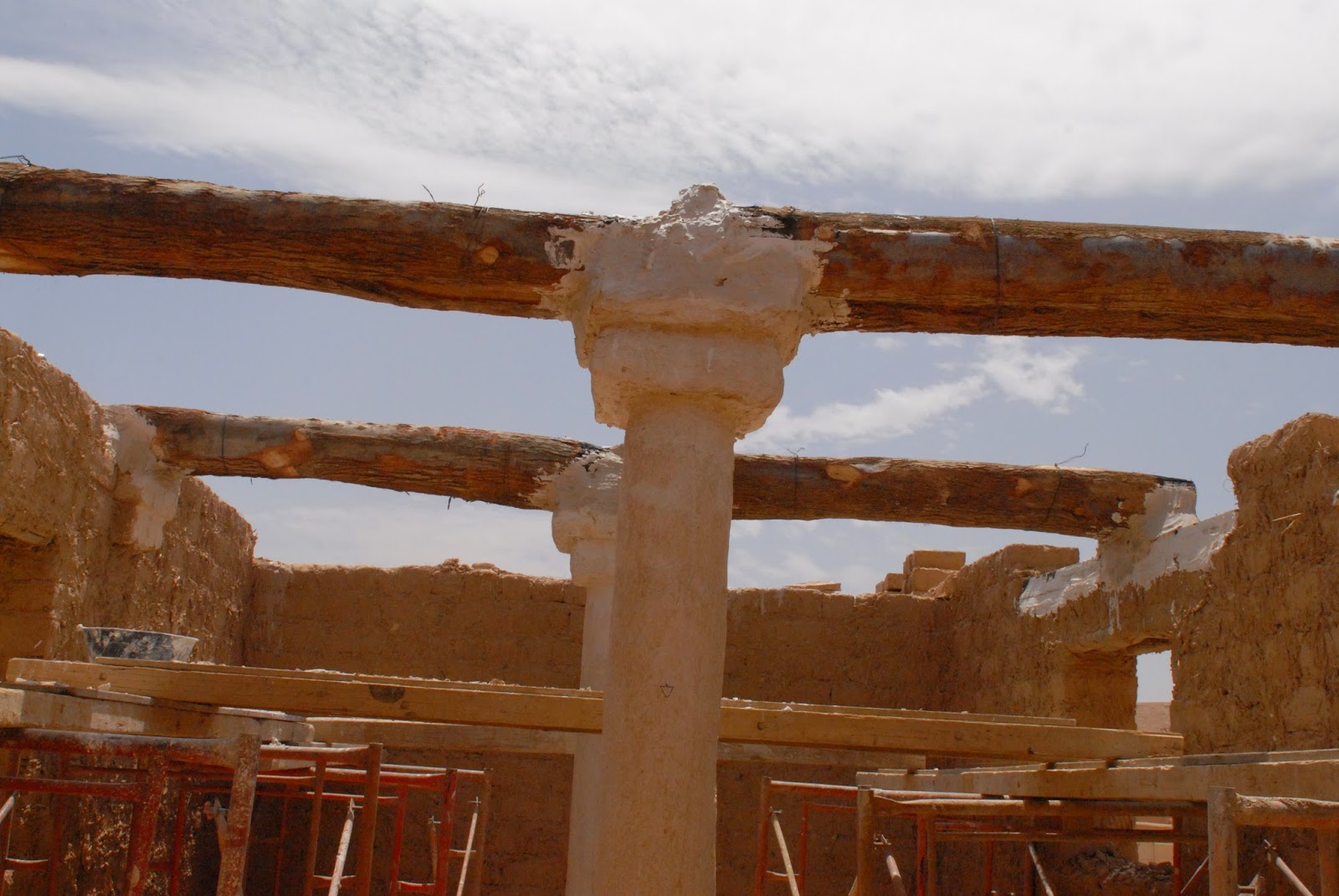by Judge Arthur Tompkins
The missteps by the German federal and state authorities continue, as they try but so far fail properly to deal with the many art works known variously as the Munich Art Trove, the Schwabing Art Trove, or the Gurlitt Art hoard (“
Modern Art as Nazi Plunder”,
The New York Times, April 14; “
Gurlitt art confiscation ends”, The Art Newspaper, April 9, 2014).
To recap: In March 2012 Bavarian tax authorities stumble on over 1400 works of art in a nondescript Munich flat, owned by Cornelius Gurlitt, the reclusive son of Hildebrand Gurlitt, a Nazi-era German art dealer. They sit on the news for a year and a half until, in November 2013, German media break the news to a stunned world and, increasingly, an angry and frustrated group of widely dispersed possible claimants. Initially, stonewalling and bluster and a dismissively bureaucratic attitude are on display, until the intervention of Federal authorities leads to the reluctant acknowledgement that this is not just another local tax evasion case. But the release of details of the art works continues to be frustratingly slow and incomplete.
Visits to other homes owned by Mr. Gurlitt reveal even more art works, some in deteriorated condition, amid both ongoing calls for much greater openness in deciding just what would happen to the art works, and questions about the legality of the seizure of the works by the Bavarian authorities.
Eventually, a multinational Task Force to investigate the provenance of the art works is announced by the German Government. Potential problems with Nazi-era laws, still on the statute books in Germany, loom, as does the absence from Germany’s statute books of any law requiring the return of Nazi-era looted art.
Now comes further disquieting news: The German Government has announced a deal, apparently negotiated with Mr. Gurlitt’s legal guardian, his defense counsel and the Bavarian authorities, (but without it seems the involvement or indeed knowledge of any representatives of the dispossessed), “to allow provenance research on a voluntary basis once the works are released from police custody.” But the Task Force will be up against an arbitrary one year deadline, after which provenance research will continue, it seems, only at Mr. Gurlitt’s pleasure. One short year to investigate and decide what should happen to over 1500 individual art works, many of which had been acquired by a dubious art dealer in times of chaos and circumstances of disaster 70 years ago, that had been hidden for decades with no whisper of their continued existence, and the details (and even images) of which are, even today, still incomplete. One year? Really?
And, on the same day, comes word that an unidentified rival claim to Matisse’s “Woman Sitting in Armchair” has come forward, jeopardizing negotiations to return that one painting to the heirs of French art dealer Paul Rosenberg just as an agreement to return the painting seemed close. And that is only one painting, albeit one with an uncharacteristically clear and well-established provenance. If there are problems with the Matisse, in a relatively straightforward case, what is to be the fate of the very many others where the records are missing or incomplete or inconsistent, the evidence patchy or confused or inconclusive, and the path to a resolution likely to prove labyrinthine?
The German government needs to accept that this mess is not a German tangle to unravel. It is unavoidably an international one. The creation of the Task Force was a partial recognition of that, but the continuing and serial missteps and errors, and the persistent inability or reluctance to be completely open about what is happening on the part of both the Bavarian and German Federal authorities, and now the imposition of an arbitrary and unrealistic deadline, demonstrate that, for whatever reason, the complexity of the truly international nature of the multi-faceted challenges presented by these art works eludes them.
What should happen, and quickly, is the creation of an independent, well-resourced ad-hoc international tribunal to determine the fate of each and every one of the many art works recovered. The Tribunal itself should consist of international jurists and others with a range of art-crime related skills, assisted by a staff of independent provenance researchers, art and general historians, claimant advocates, and dispute resolution specialists.
Secondly, that tribunal should be given the job, by German legislation and international treaty working in tandem, of resolving the fate of each art work by employing first a range of dispute resolution processes. If those processes do not result in an agreed just and fair solution, then the Tribunal should have the jurisdiction to decide each case by giving due weight and recognition to the moral aspects of each case, in addition to relevant legal factors. 70 years on, much relevant evidence, even if it once existed, is gone. All contemporary witnesses to Hildebrand Gurlitt’s activities are dead. Many records and documents that might once have existed have been lost or mislaid or destroyed in the chaos of wartime and post-war Europe. In those circumstances, to compel sometimes inadequately resourced claimants onto a strictly legal battlefield, hedged about with evidential and procedural constraints within the artificially narrow construct of a sovereign state’s domestic legal system, and then to require them to fight a legal battle against that same sovereign state, will likely pile future injustice on the top of past wrongs.
The December 1998 Washington Principles, to which Germany is a signatory, demand identification of looted art, open and accessible records, the public dissemination of art proactively to seek out pre-War owners or heirs, and the deploying of resources and personnel. A “just and fair” solution must actively be sought. Germany has been, at best, a cautious adopter of these principles. Fifteen years on, these 1500 art works give Germany the opportunity to cut this Gordian knot. Such an approach is not unprecedented. The various threads already exist, in both the looted art arena and elsewhere. All that is required is the will and the leadership simply to do it.
Judge Arthur Tompkins is a trial Judge from Wellington, New Zealand. He teaches Art in War each year as part of the Postgraduate Certificate in Art Crimes Studies offered by the Association for Research into Crimes against Art (www.artcrimeresearch.org), in Umbria, Italy.
 Diana Widmaier-Picasso,Robert Wittman
Diana Widmaier-Picasso,Robert Wittman
 No comments
No comments
 Diana Widmaier-Picasso,Robert Wittman
Diana Widmaier-Picasso,Robert Wittman
 No comments
No comments











